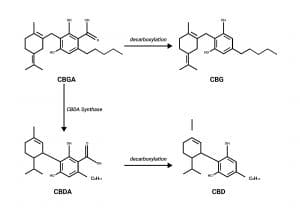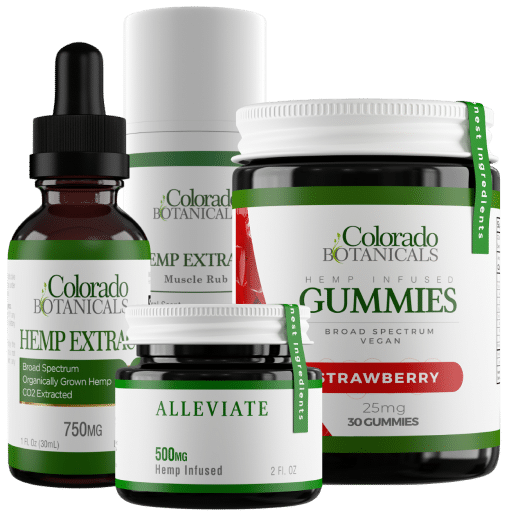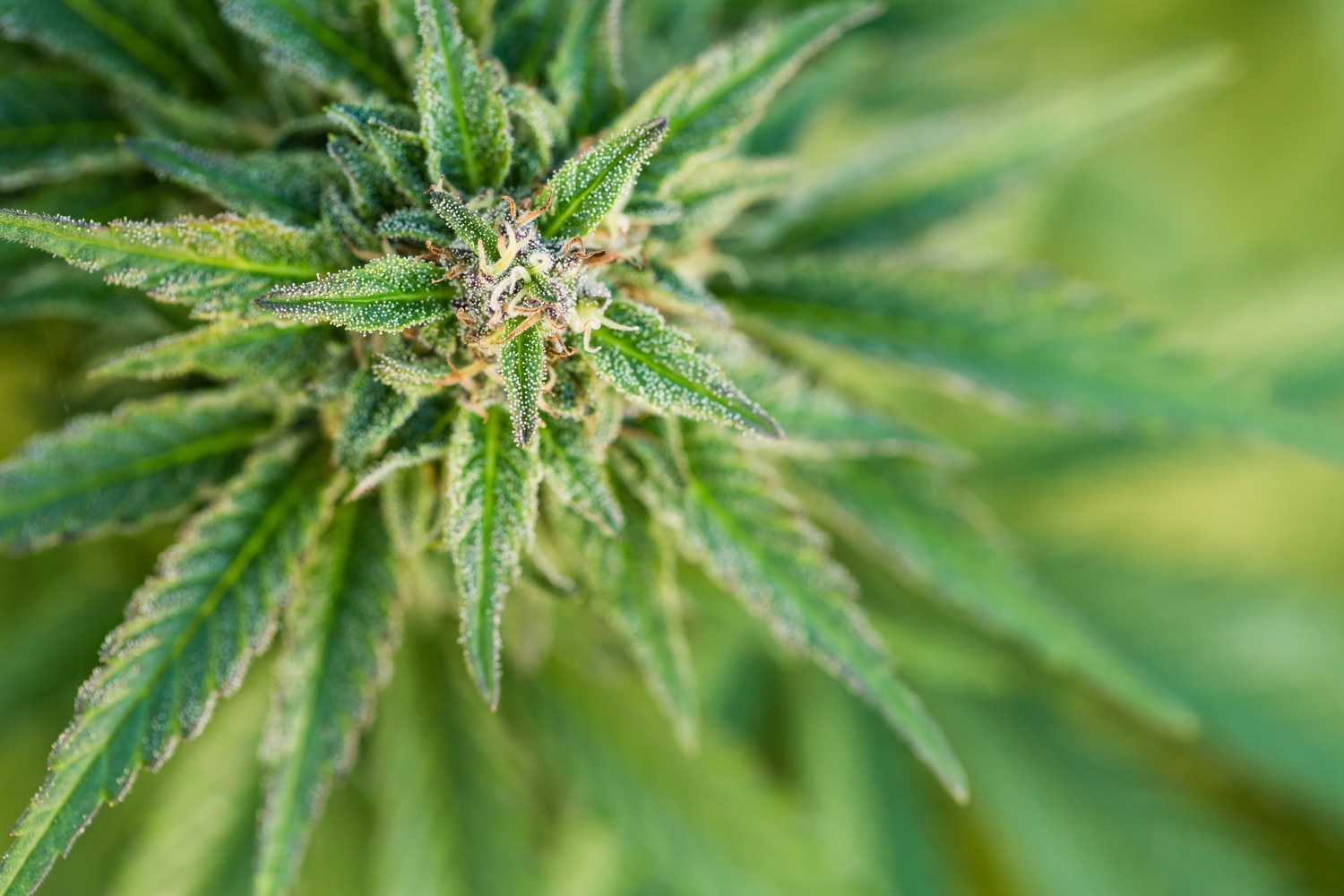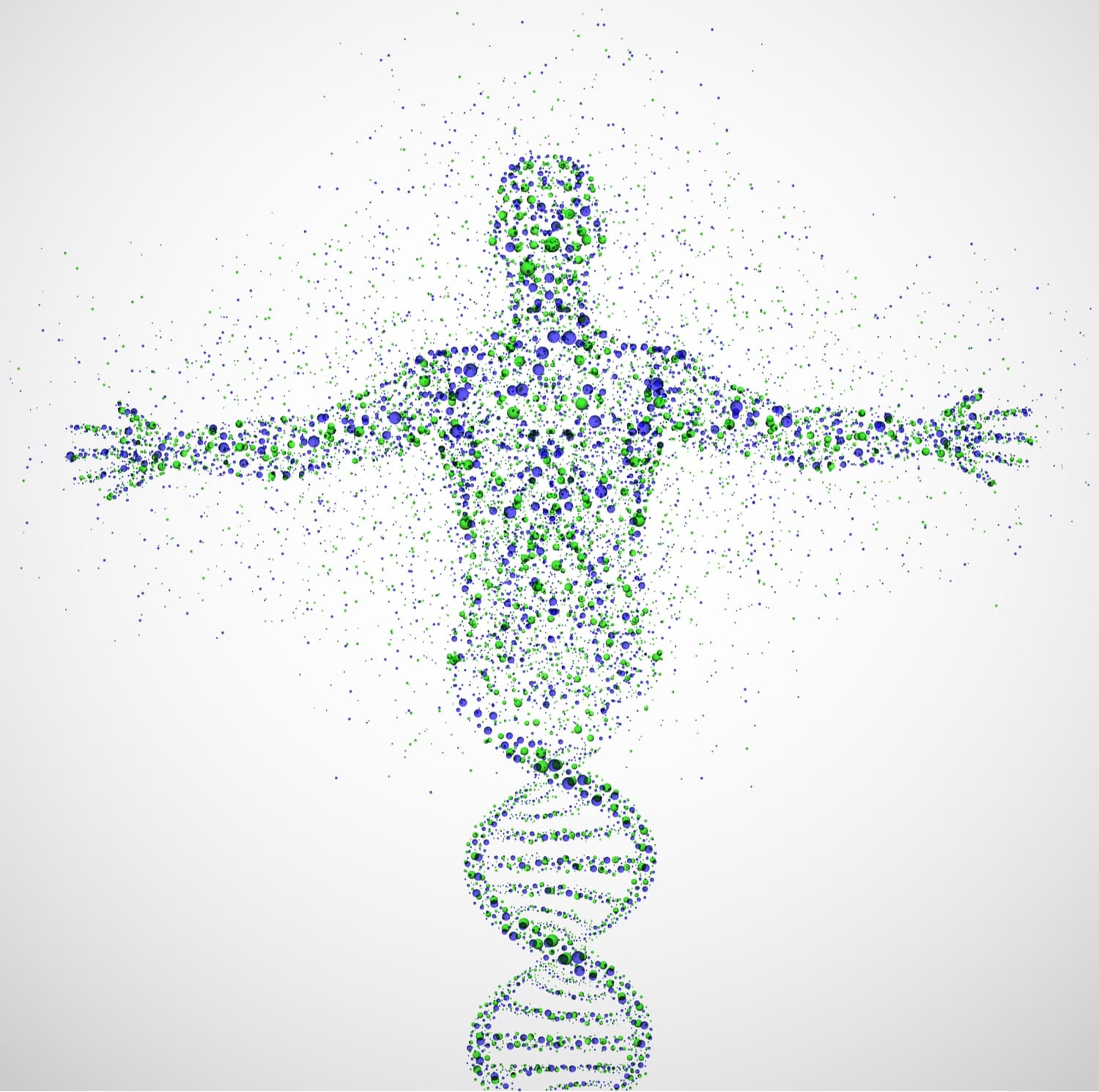Scientists continue to look into natural substances that may help prevent or treat COVID-19. Recently, researchers at Oregon State University (OSU) published their findings regarding the ability of the acidic cannabinoid precursors cannabigerolic acid (CBGA) and cannabidiolic acid (CBDA) to block the activity of the SARS-CoV-2 virus in the human body.
Much has been made of this preliminary research, but we’re here to sort the fact from the fiction. Let’s begin with a brief overview:
- The research consisted of computer modeling and assays conducted in Petri dishes
- No humans or even animals were involved in the experiments
- The study found that CBDA and CBGA may bind with COVID’s spike protein
- The researchers concluded that cannabinoids have “a long history of safe human use”
- Future research may corroborate this very preliminary study
Are cannabinoids effective for blocking COVID?
Based on this new OSU study [1] results published in the January 2022 edition of the Journal of Natural Products, it may be reasonable to consider CBDA, CBGA, and other cannabinoids as serious targets of COVID prevention and treatment research in the future. The results of this lone study in no way prove that cannabinoids are effective against COVID, and they do not indicate that cannabinoids offer better value than existing preventive and treatment approaches to COVID and its variants.
We’ll break down the study’s findings into sections to provide a thorough overview:
Botanical ligands to the spike protein
The facilitators of this new cannabinoid study started by using advanced computer modeling to match specific cannabis compounds with the spike proteins the COVID virus expresses. They were on the lookout for “botanical ligands to the SARS-CoV-2 spike protein,” a scientific term for plant-based substances that attach to and thereby neutralize the spike proteins on COVID viruses.
Essentially, the researchers took the structure of the SARS-CoV-2 spike protein, uploaded it into a computer, and started using algorithms to compare it to the structures of all known cannabis compounds. They came up with two matches that were close enough to validate the next level of research: petri dish assays.
Virus neutralization assays
To perform assays of how well CBDA and CBGA neutralized the SARS-CoV-2 spike protein, the authors of the OSU study combined COVID viruses, cannabinoids, and human endothelial cells together in Petri dishes. The goal was to determine if CBDA and CBGA altered the rate at which COVID infected the human cells, and the results were interesting to say the least—if not downright promising. In the Petri dishes containing CBDA and CBGA, the researchers noted decreased rates of “entry of live SARS-CoV-2 into cells.”
Room for further research
Critics of this new OSU study have been quick to point out that preclinical research-based considerably on computer modeling is by no means the definitive word on any scientific subject. We entirely agree, but we also look forward to future research into the ability of cannabinoids to prevent COVID. It’s time to call on the scientific community to continue this research into CBDA, CBGA, and spike proteins—only this time in animal or even human subjects to acquire more concrete data.
Can cannabinoids block new variants?
Here’s one of the most intriguing findings of this study: The researchers reported that “cannabigerolic acid and cannabidiolic acid were equally effective against the SARS-CoV-2 alpha variant B.1.1.7 and the beta variant B.1.351.” These results indicate that if cannabinoids are proven useful for any form of COVID, they will most likely be effective against all COVID variants. As with all the rest of the results of this very-intriguing study, we will need to wait for more data before we make any firm conclusions.
Could THCA also be of use?
Due to its relationship to THC, the OSU researchers weren’t able to use the carboxylic acid THCA in their virus assays. Nonetheless, their computer models identified THCA as being one of the best ligands for the COVID spike protein, indicating that this cannabinoid precursor should be included in future research into the subject.
What are CBGA and CBDA?
This fascinating study mainly focused on just two cannabis compounds: CBDA and CBGA. These two acidic cannabinoid precursors are abundant throughout many different strains of hemp and cannabis, and they naturally turn into CBD and CBG, respectively through the process of decarboxylation. The unique chemical structures of CBDA and CBGA are what initially caused the OSU research team to flag these compounds: What benefits do each of these intriguing substances have to offer?

What are the benefits of CBDA?
Ever since scientists discovered that the CBD precursor CBDA may be much more potent at your brain’s 5-HT receptors than its final form [2], scientists have been keenly interested in the potential therapeutic potential of this natural cannabis derivative. As recently as 2020, research has been conducted into CBDA’s potential [3] as an “anti-inflammatory, anti-emetic, anti-convulsant, and anti-cancerogenic drug,” and recently, scientists have started taking a look at how CBDA might be able to boost existing CBD-based epilepsy treatments [4] like Epidiolex.
What are the benefits of CBGA?
As studies from as early as 2015 note, CBGA is commonly used to synthesize other cannabinoids [5] including THCA and CBDA. Until recently, CBGA had been overshadowed by its final form, CBG, which has been researched for a wide-ranging array of potential benefits. In 2021, however, CBGA was included in a study into cannabinoids and epilepsy [6], marking increased interest in this uniquely useful cannabinoid precursor.
Summary: The Effect of Cannabinoids on SARS-CoV-2
It’s too soon to make any firm conclusions regarding the ability of cannabinoids like CBDA and CBGA to help prevent or mitigate COVID infections. This new OSU research is promising, however, in its analysis that the investigated cannabinoids were equally useful for each COVID variant studied.
Hopefully, this initial study will put a foot in the door for future research. As concerns over the impact of COVID-19 continue to disrupt economies around the world, we should be investigating the therapeutic potential of as many substances as possible.
Spike proteins are the most damaging part of the SARS-CoV-2 virus, and we commend the OSU research team for making these proteins the focus of their research. We all simply want the world to be as healthy and safe as possible amidst ongoing pandemic conditions, and if cannabinoids can help, we should support them with everything we have.
Sources
- van Breemen, R. B., Muchiri, R. N., Bates, T. A., Weinstein, J. B., Leier, H. C., Farley, S., & Tafesse, F. G. (2022). Cannabinoids Block Cellular Entry of SARS-CoV-2 and the Emerging Variants. Journal of Natural Products. https://doi.org/10.1021/acs.jnatprod.1c00946
- Russo, E. B. (2018). Cannabis Therapeutics and the Future of Neurology. Frontiers in Integrative Neuroscience, 12. https://doi.org/10.3389/fnint.2018.00051
- Formato, M., Crescente, G., Scognamiglio, M., Fiorentino, A., Pecoraro, M. T., Piccolella, S., Catauro, M., & Pacifico, S. (2020). (‒)-Cannabidiolic Acid, a Still Overlooked Bioactive Compound: An Introductory Review and Preliminary Research. Molecules, 25(11), 2638. https://doi.org/10.3390/molecules25112638
- Goerl, B., Watkins, S., Metcalf, C., Smith, M., & Beenhakker, M. (2021). Cannabidiolic acid exhibits entourage-like improvements of anticonvulsant activity in an acute rat model of seizures. Epilepsy Research, 169, 106525. https://doi.org/10.1016/j.eplepsyres.2020.106525
- Zirpel, B., Stehle, F., & Kayser, O. (2015). Production of Δ9-tetrahydrocannabinolic acid from cannabigerolic acid by whole cells of Pichia (Komagataella) pastoris expressing Δ9-tetrahydrocannabinolic acid synthase from Cannabis sativa l. Biotechnology Letters, 37(9), 1869–1875. https://doi.org/10.1007/s10529-015-1853-x
- Anderson, L. L., Heblinski, M., Absalom, N. L., Hawkins, N. A., Bowen, M. T., Benson, M. J., Zhang, F., Bahceci, D., Doohan, P. T., Chebib, M., McGregor, I. S., Kearney, J. A., & Arnold, J. C. (2021). Cannabigerolic acid, a major biosynthetic precursor molecule in cannabis, exhibits divergent effects on seizures in mouse models of epilepsy. British Journal of Pharmacology, 178(24), 4826–4841. https://doi.org/10.1111/bph.15661









